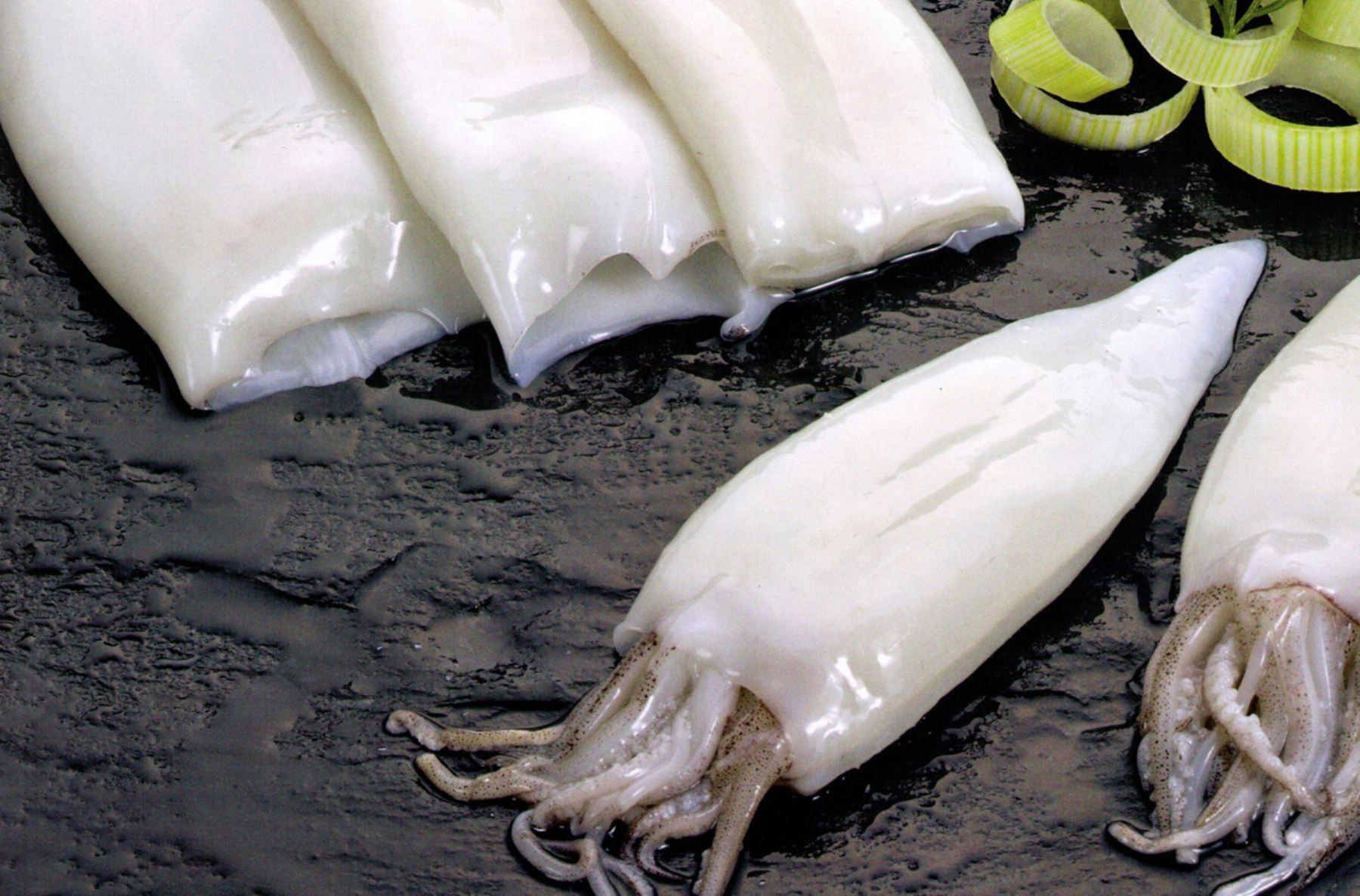
The Ministry of Production established the catch quota for the fish at 420,000 tons. giant squid Peruvian or squid (Dosidicus gigas) for the period of the year 2023. The quota is reduced compared to the period 2022, when 500,000 tons were granted.
Through ministerial resolution No. 000186-2023-PRODUCE, it clarifies that this quota can be modified based on the evolution of biological-fishing, environmental factors and the availability of the resource, following a report from the Peruvian Sea Institute (Imarpe).
In turn, Imarpe monitors and follows up on the main biological, fishing and population indicators of the squid, and must inform and recommend to Produce the considerations for the use of the catch quota.
New conservation and management measures for extractive activity in the high seas area are also established, referring to the implementation of the Alternative Mechanism to the On-Board Observers Program for artisanal vessels with no more than 15 meters in length.
Squid is a straddling marine resource found in the Eastern Pacific Ocean. Along the entire Peruvian coast, there is a great abundance of this squid from mile 10 to after mile 500 from the coast. The Peruvian fleet that captures squid is eminently artisanal, despite the fact that its Fisheries Regulation (ROP) seeks to consolidate a larger-scale fleet.
In Peru, it is the second most important fishery after the anchovy, both in volume of landings and in foreign exchange earnings. It concentrates 43% of the country’s non-traditional fishing exports, with a marked preference in Asia.
Source: Larepublica
Alia is a professional author and journalist, working at 247 news agency. She writes on various topics from economy news to general interest pieces, providing readers with relevant and informative content. With years of experience, she brings a unique perspective and in-depth analysis to her work.












